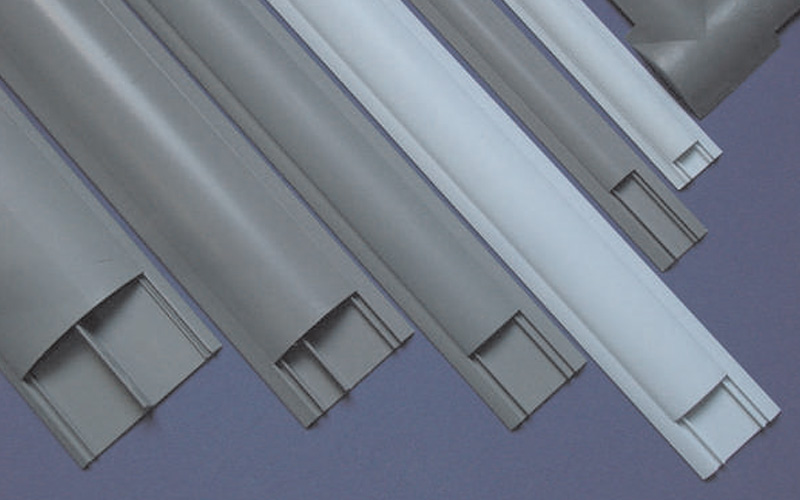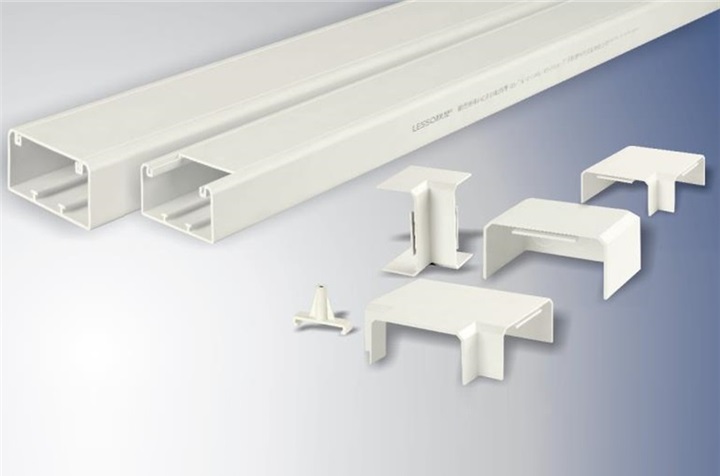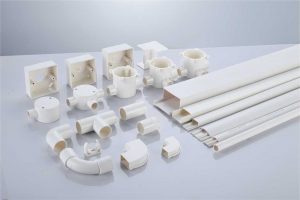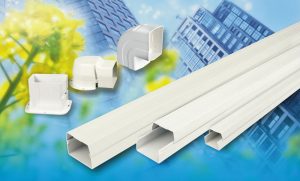Table of Contents
Electrical conduit is capable of housing and protecting electrical wires that run through an underground transit system, bridge, or data center. Over the years, electrical conduit has become an essential component of the modern world. When you’re starting to prep for a new project, there are many types of electrical conduit pipe you can purchase.
Each type delivers varying amounts of protection from fire, impact, and corrosion. Once you’ve selected the right electrical conduit, you need to know how to cut it, which is detailed in this comprehensive step-by-step guide.
Types of Electrical Conduit
Electrical conduit pipe can be separated into metallic and nonmetallic varieties. The various metal electrical conduits at your disposal include rigid metal conduit (RMC), intermediate metal conduit (IMC), galvanized rigid steel (GRC), and electrical metallic tubing (EMT). GRC is commonly used for outdoor and indoor applications. It offers considerable impact resistance, durability, and UV-stability.
The nonmetallic electrical conduits available for your next project include rigid nonmetallic conduit (RNC), RTRC conduit, electrical nonmetallic tubing (ENT), and PVC conduit. PVC conduit is available in different wall thicknesses. It’s a lightweight plastic material that offers ample flexibility and affordability.


Preparing to Cut Electrical Conduit: Tools and Safety Precautions
Before you start cutting conduit, make sure you gather the right tools for the job. It’s also crucial that you take some basic safety precautions during your preparation. When you’re cutting electrical conduit pipe, there are numerous tools you can use, which include everything from angle grinders and tube cutters to reciprocating saws.
The simplest method involves using a standard conduit cutter, which can be found at any home improvement center. You’ll receive two tools in one when you buy a conduit cutter. While one tool cuts the pipe, the other de-burrs it.
When you shop for the right conduit cutter, you’ll discover that numerous brands offer this tool. Look for one that allows you to cut 1″, 3/4″, and 1/2″ conduit. The tool should also be strong enough to cut through aluminum, PVC, brass, and copper materials. With the right tool in hand, you should be able to cut through any underground electrical conduit. To reduce your risk of injury, wear some thick work gloves as you cut the conduit.
Step-by-Step Guide to Cutting Electrical Conduit
First, mark your cut. Use a sharpie or marker to denote the measurement on the pipe. You should then loosen the knob on your cutter until the conduit is able to fit inside. The pipe should be able to rest securely between the two rollers on your cutter. Tighten the knob until the wheel is fully aligned with your mark. If you tighten the knob too much, the conduit could pop out.
After the cutter wheel is properly aligned, rotate the cutter a few times. There are a few methods you can use to rotate the cutter, the easiest of which is to do it by hand. However, you can also use a hand clamp or vice to secure the conduit as you rotate the cutter.
If you’re wearing work gloves, you should be able to get a good grip on the pipe. Make sure you continue rotating the cutter and tightening the knob until you’ve finished the cut. To avoid overusing the cutter wheel, consider snapping the conduit by stepping on it once the cut is around 90% finished.
After completing the cut, you may notice that there’s a small lip along the interior of the conduit. If you plan to place threaded inserts into the conduit, you must remove this lip. To that end, use the de-burring tool that comes with the cutter.
This tool rotates out of the cutter and is easy to use. Simply place the piece into the conduit before turning it around until the lip is removed from the pipe. Once the interiors are smoothed out, the conduit should be ready for threading.


Finishing Touches and LESSO's Commitment to Quality
After placing the finishing touches on the pipe with the de-burring tool, you can move on to the next stage of your project. If you follow the steps in this guide, you should be able to cut conduit without making any costly mistakes.
Here at LESSO, we offer a vast selection of PVC electrical conduit for industrial and residential buildings. Our commitment to quality ensures that you have easy access to the pipes and fittings you require for any application. Call us today or visit our website to learn more about our PVC products.
FAQs about Electrical Conduit
Proper tools like a hacksaw and safety gear are essential for safety.
It’s not recommended; using the right tools ensures clean and safe cuts.
Yes, file the edges and use connectors to join pieces securely.
Lesso is known for quality and offers a range of conduit options to meet your requirements.
Recommend Reading


How to Choose The Right Electrical Conduits for Your Home
Table of Contents Safe building practices for homes require encasing wire in electrical conduits. Protection from hazards that may damage the enclosed wire helps prevent


How Deep Should An Electrical Conduit Be Buried
Table of Contents Electrical conduits are the lifelines of modern infrastructure, seamlessly transporting power through a labyrinth of hidden pathways. Ensuring these vital channels are








